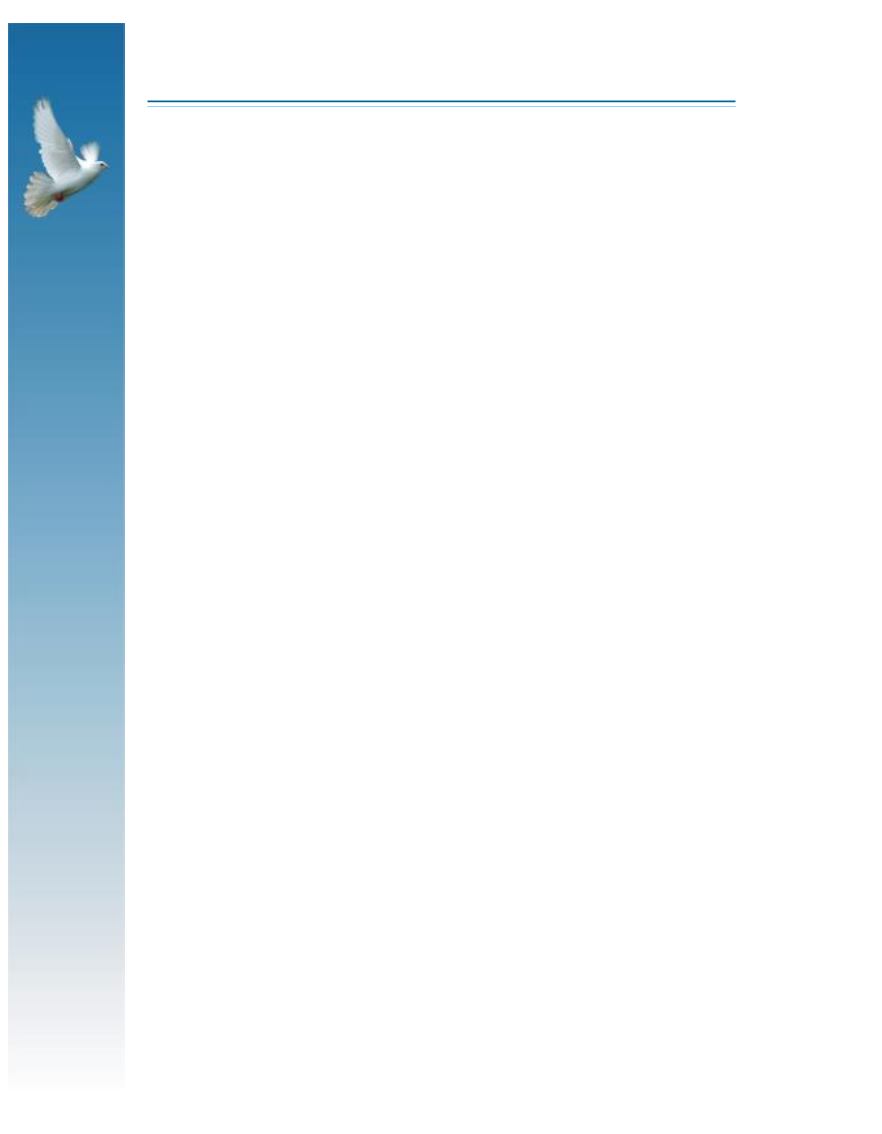
Life and Teachings of the Prophet Muhammad
5. The Status of Woman in Islam
~ 79 ~
2. But any veil, which in itself becomes an attraction, is to be
avoided.
3. Garments should not be semi-transparent.
4. Dress should not be tight-fitting.
The first rule of Hijab has been derived from Chapter 24, Verse
31. Allama Nasiruddin Albani interprets the wording “to cover
their adornments except such as are normally displayed,” to mean
that the hands and face are exempt from covering.
He has drawn extensively from the Hadith in support of his
argument. After studying the traditions in connection with the
Quranic verses (24:31, 33:59) he writes: “It is clear from the
instances drawn from the Quran and the Hadith that though it is
preferable for a woman to cover her face, it is not compulsory for
her to do so.
“It would be better if women followed this practice, but there is
no harm if they do not.” He concludes his argument with these
words: “The garment should cover the entire body of a woman
except the face and hands, and should not become an attraction in
itself. Neither should it be thin or tight. It should not accentuate
the body.
Maulana Shabbir Usmani, the well-known Indian commentator
on the Quran gives the following commentary on this verse of the
Quran:


